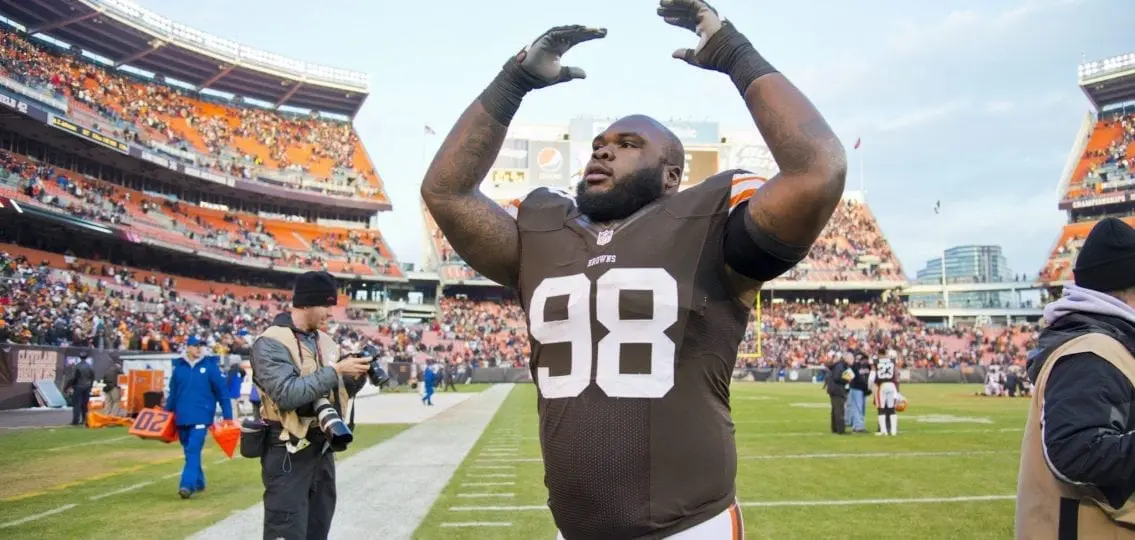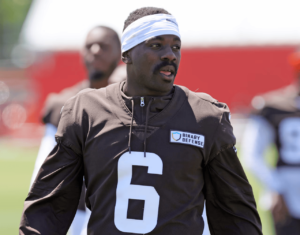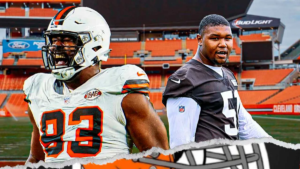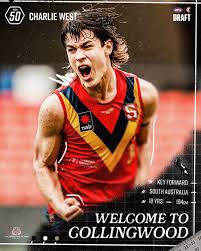
A blowout loss in a single playoff game is quite simple to analyze. The Cleveland Browns failed miserably against the Houston Texans. It is difficult to determine victors and losers in a game with so many drawbacks and so few positives.
We’ve already begun the transition process with our first Browns mock draft after the season.
That doesn’t mean we’re done reflecting on the playoff loss. In reality, the loss will influence offseason coverage in a variety of ways, beginning with “getting injured players back will be helpful.”
With such a massive setback, it’s simple to assign blame. DC Jim Schwartz’s unit is only one of many locations where blame falls, albeit a significant one.

Throughout the majority of the season, Cleveland fans adored Schwartz’s aggressive, man defense. In general, those two conceptions resemble the “football we grew up loving.” Unfortunately, smart and speedy offenses took advantage of these two factors.
These three plays plainly show the Browns defense aggressively attacking any movement while being out of position for deception. First, the entire front seven chases the action and plays a fake to the offense’s left, allowing WR Nico Collins to slip out to the right, where his speed helps him outrun the defenders who were focused on everything moving left:
Jeremiah Owusu-Koramoah and Sione Takitaki take off toward the play fake, while Myles Garrett and Jordan Elliott are given a free release toward the quarterback, but do not interpret this as a screen:
To be fair, Laremy Tunsil’s ability to get out and block Martin Emerson was critical to the play, but the rest of Cleveland’s defense had already left the game.
Finally, this play takes use of similar aggression on the backend of the defense, where a conventional flood concept appears to be in operation. Juan Thornhill moves downhill to try to cut off the ball to Collins over the middle, while Ronnie Hickman remains on the right side, where the typical approach has three pass catchers. Houston capitalizes by running Dalton Schultz on a corner post to the left instead:
While Greg Newsome becomes the nearest defender, Thornhill departs his area, and Hickman is unable to recover quickly enough as the Texans respond to the flood principles.
Overall, Schwartz gave Stroud the defensive alignment he’s shredded all season:
During the regular season, the Browns used single-high coverage — either Cover-1 or Cover-3 — on 64% of snaps, the highest rate in the NFL.
But how does C.J. Stroud fare versus Cover-1 and Cover-3 throughout the regular season? Try 141 out of 228 for 2,054 yards, 1,335 air yards, 11 touchdowns, one interception, and a passer rating of 105.4.
So, with Stroud enjoying to play against Cover-1 and 3 and a lot of film of Cleveland’s defense in those alignments, Schwartz did exactly what Houston expected, making no adjustments:
Stroud encountered single-high coverage on 16 of his 21 passing attempts in the game, and he never had to deal with any kind of wrinkle pre-snap to post-snap that would confuse the picture and delay his reads and throws.
In the NFL, particularly in the modern era, it is not enough to have good players or a solid plan. It is about varying your approach, adjusting throughout the game, and surprising the opponent team (on either side of the ball).
Perhaps Schwartz was limited due to secondary injuries. Perhaps the team didn’t think their defenders would be effective in other coverages. Perhaps the coaches were concerned that their communication skills were insufficient to allow for greater creativity.
Schwartz does not deserve all of the criticism, but he will get his fair share after Saturday.








